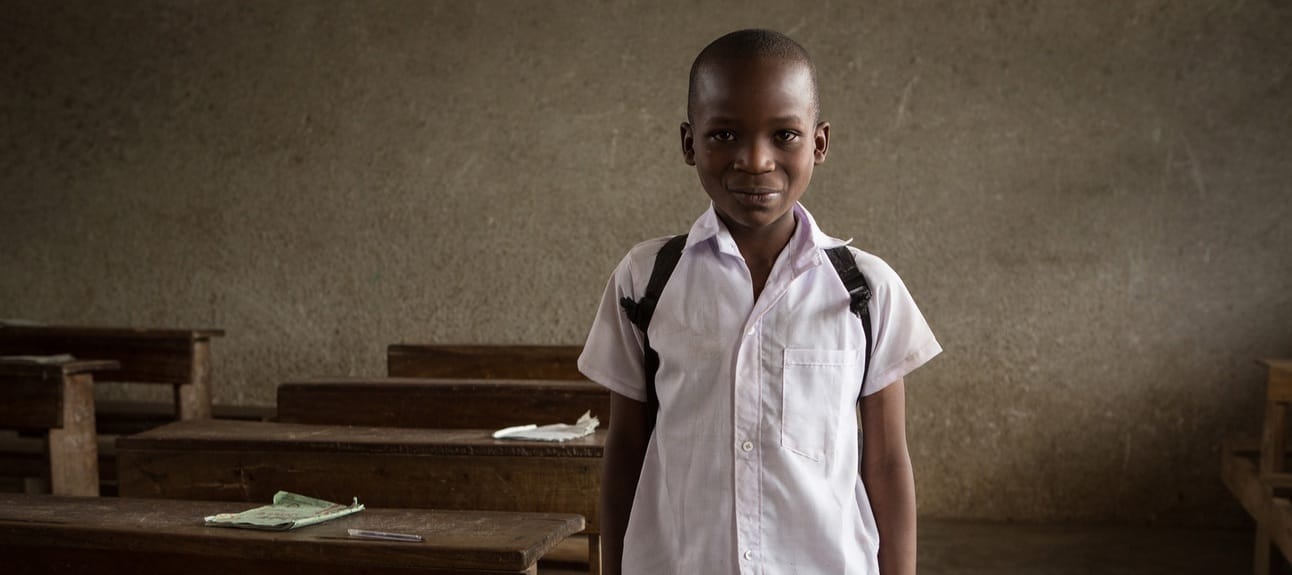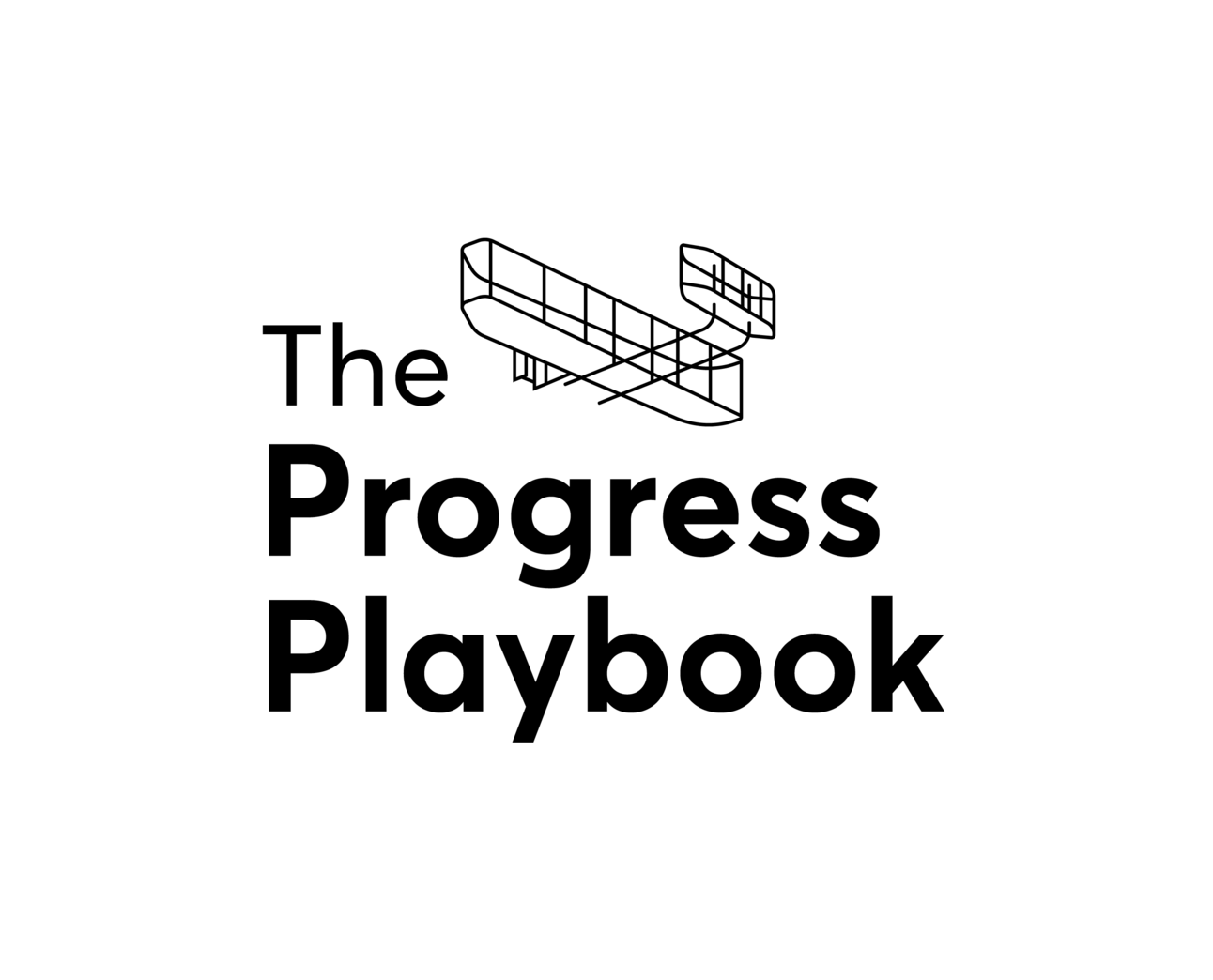- The Progress Playbook
- Posts
- Newsletter
Newsletter
And we're live! Here are our latest posts

Our website is finally live! You’ll now get a regular weekly newsletter with all our latest posts.
What you can expect: This publication will focus on one thing only: Proven ideas for a better, more sustainable world.
Know anyone else who’d be interested in signing up? They can do so here.
Thanks for reading.

Amsterdam wasn’t always a haven for cyclists and pedestrians.
In the 1950s and 60s, cars rose to prominence and muscled other forms of mobility out of the heart of the Dutch capital.
“I saw how parts of the city were torn down to make way for roads… The streets no longer belonged to the people who lived there, but to huge traffic flows,” politician Maartje van Putten told The Guardian.
But a surge in traffic accidents – many of which involved children – prompted widespread and persistent protests from the early 70s.
In response, Dutch cities eventually began introducing networks of cycling paths to keep the mode of transport alive, and appointed officials whose sole job was to oversee the management of those routes.
This first arrested the decline of cycling, and then led to a full-on resurgence, with bikes once again firmly in pole position.
In recent years, Amsterdam has focused on providing safe spaces for commuters to store their bikes – including a new underwater garage at Centraal Station that can accommodate 11,000 of them.
Some cities, meanwhile, have gone a step further.
The Spanish city of Pontevedra banned cars from most of the city in 1999, and placed pedestrians at the top of the mobility hierarchy, followed by bicycles and then public transport.
- Continue reading here.

Despite having a large budget relative to many other developing nations, South Africa’s schooling system is a serial underperformer.
81% of Grade 4 pupils can’t read for meaning, according to the latest Progress in International Reading Literacy Study (PIRLS) report.
This is partly the result of a lack of teacher training and support, and overcrowded classrooms that don’t allow for one-on-one interactions, experts say.
However, one project in a largely rural part of the country is helping to turn the tide.
A non-profit called Funda Wande set up a teacher-assistant programme in Limpopo, which has the third-highest unemployment rate of South Africa’s nine provinces.
It took advantage of a government programme aimed at giving young people job experience to combat the scourge of youth unemployment (more than six in 10 young adults under the age of 25 are unemployed nationwide).
The strategy: Funda Wande trained and supported matriculants to assist teachers with classroom management, and to increase the frequency of small-group and one-on-one teaching.
It also gave schools a set of high-quality teaching materials, in a range of local languages, to assist them further.
A research unit at the University of Cape Town is evaluating the programme’s outcomes. So far, the results are encouraging.
One key finding: By the third term of Grade 2, learners in classrooms with Funda Wande teacher assistants had outperformed their peers by 0.5 standard deviations. “These gains are substantial, translating to around 1.25 years of learning in ‘business as usual’ environments.”
- Continue reading here.

The Western Australian government will provide low-income households with free electricity between 9am and 3pm each day – by redistributing excess solar from the roofs of wealthier homes.
The state, like others in the country and further abroad, is working out how to deal with the sharp decline in demand for electricity from the grid during the middle of the day as more homes and businesses install solar panels on their roofs.
At times, rooftop solar provides three-quarters of the state’s power needs, driving electricity prices down – often into negative territory. But as solar output fades in the late afternoon, demand for grid power starts to surge.
This phenomenon, called the ‘duck curve’, is creating fresh challenges for grid operators. One solve is to incentivise homes to use more electricity during the day and less during the evening peak.
This is what Western Australia’s new ‘community energy programme’ aims to achieve.
How it works: Households that are “experiencing ongoing financial hardship” will get a generous allocation of free electricity between 9am and 3pm. This’ll save them up to A$500 a year while also smoothing out operational demand each day, the state says, by incentivising them to use their appliances during off-peak times.
- Continue reading here.

The global shift to cheap, clean energy is being driven, in part, by the rise of solar subscription services for households.
In the past, households wanting to install solar panels usually had to do so using their own capital, or with bank funding. This meant harvesting the sun’s energy was a luxury that few could afford.
But under the fast-growing subscription model, home solar systems are considerably more accessible because customers don’t need to finance installations themselves.
Otherwise known as the leasing or rental option, the model is accelerating the adoption of home solar systems from the Asia Pacific to Europe, the US, and more recently, the likes of South Africa.
In the US, solar-as-a-service giant Sunrun has now installed 6.2 gigawatts (GW) of capacity for nearly 900,000 customers. For context, that equates to the same nameplate generating capacity as six typical nuclear reactors.
A similar trend is underway in South Africa, which has been contending with 15 years of rolling backouts on top of above-inflation electricity price hikes.
GoSolr CEO Andrew Middleton says the subscription model is suited to households that don’t have idle funds at hand, and that prefer a complete power service rather than the traditional, direct-ownership model.
- Continue reading here.
Other articles you might find interesting:
Have any tips, ideas or feedback for us?
Please contact [email protected].
Follow The Progress Playbook on social media:



Copyright (C) 2023, The Progress Playbook. All rights reserved.Was this email forwarded to you? Sign up here to subscribe yourself.Want to change how you receive these emails?You can unsubscribe
Reply